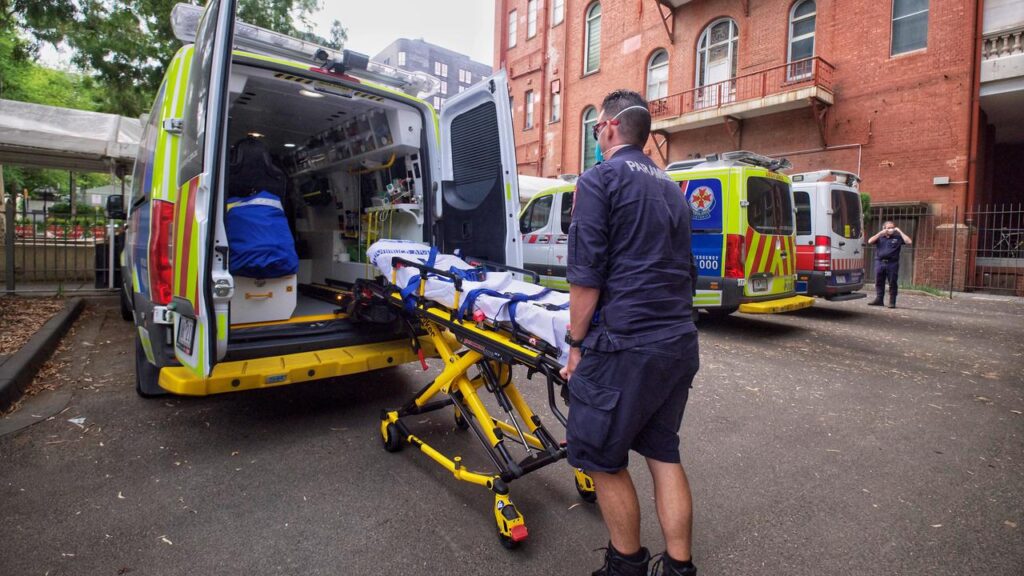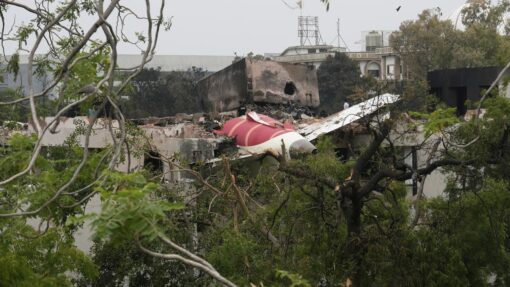Woman’s caffeine death blamed on ambulance ramping
Melissa Meehan |

The caffeine overdose death of an aspiring cancer researcher who waited more than seven hours for an ambulance was preventable, a coroner has found.
Christina Lackmann, 32, died in her Melbourne apartment in April 2021 after calling triple zero because she couldn’t get off the floor and was feeling dizzy, light-headed and numb.
She died alone in her bathroom.
Coroner Catherine Fitzgerald has ruled in inquest findings that if she had been treated sooner, she likely would have survived.

Ms Fitzgerald highlighted errors in the response to Ms Lackmann’s triple-zero call, including being unable to transfer her call to a health practitioner for further assessment.
She was categorised as a non-acute/non-urgent Code 3 which was deemed suitable for secondary clinical triage.
At no time during the call did Ms Lackmann disclose that she had taken caffeine tablets, or what had caused her symptoms.
She was told to keep her phone line free so she could be called back.
Ambulance Victoria staff attempted to call her back 14 times and sent one text – but all attempts were left unanswered.
About an hour later, her call priority was upgraded to improve her chances of having an ambulance dispatched.
But two ambulances assigned to her were diverted to higher-priority cases.
Paramedics finally gained access to Ms Lackmann’s Caulfield North apartment shortly before 3am, seven hours and 11 minutes after her first triple-zero call.
She was pronounced dead soon after.
An email on Ms Lackmann’s phone found that an iHerb order of caffeine tablets had been delivered to her apartment the day she made the call for help.
Despite searches of the apartment, neither the tablets nor their packaging was found.
In her written findings handed down on Friday, Ms Fitzgerald said a toxicological analysis of post-mortem blood samples and stomach contents identified the presence of caffeine at a very high and potentially fatal concentration.
The Victorian Institute of Forensic Medicine’s chief toxicologist, Dimitri Gerostamoulos, explained that the concentration of caffeine detected in Ms Lackmann’s blood could not be achieved by drinking excessive amounts of coffee.

Associate Professor Narendra Gunja, a specialist medical practitioner in clinical and forensic toxicology, said caffeine overdoses can become deadly within eight hours of ingestion.
He added if Ms Lackmann had been hospitalised soon after her triple-zero call it’s likely she would have been asked about what she had taken and in turn be treated appropriately.
He said it was likely she would have survived the overdose, but said it was difficult to pinpoint an exact time of when her death was preventable because so little was known about when and how much caffeine Ms Lackmann had ingested.
The coroner was damning of Ambulance Victoria’s failure to provide care to Ms Lackmann, describing the wait time as “unacceptable” – as more than 80 per cent of their fleet was ramped at major hospitals and unable to respond to emergencies on the night she died.
Ambulance Victoria undertook an internal review and has made changes to its systems.
It is working with the health department to reduce ambulance ramping, which involves paramedics being forced to wait to offload patients outside overcrowded emergency departments.
Victoria’s statewide benchmark is for 90 per cent of ambulance patients to be transferred to emergency care within 40 minutes of arrival.
However, latest statewide data showed 69.6 per cent of ambulance patients were admitted to an emergency department within 40 minutes.
The median wait time in March was 26 minutes.
Hospitals have been required to deliver a four per cent improvement in ambulance offload times by the end of June under emergency department standards to reduce ramping.
AAP


